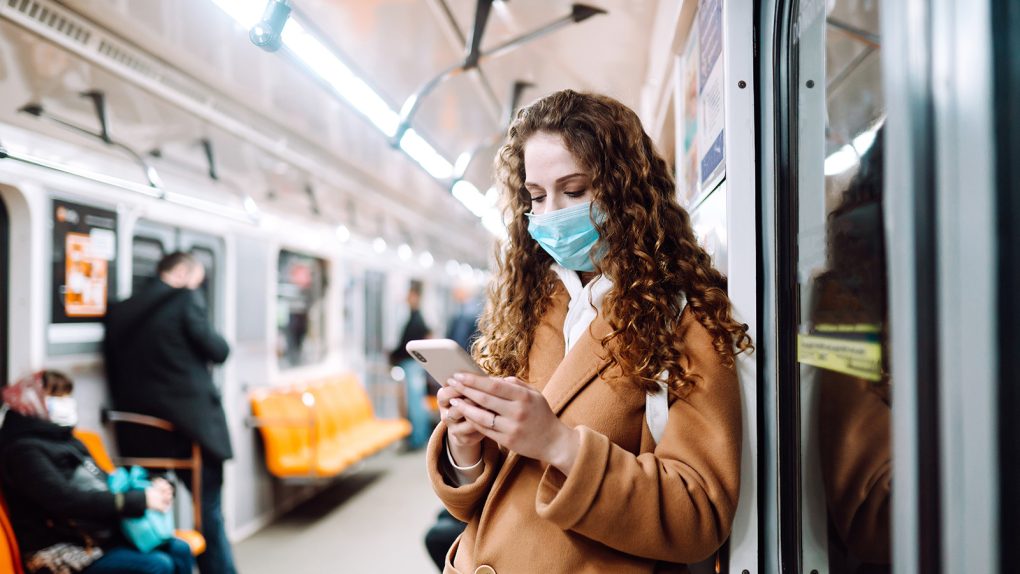- A new CDC report illustrates the extent to which the coronavirus can spread in indoor settings when COVID-19 safety measures aren’t adhered to.
- The CDC report highlights a 13-year old girl who spread the coronavirus to her entire family even though she was asymptomatic and previously tested negative via a rapid antigen test.
- The report underscores how important it is for people to wear masks and socially distance even in situations where no one exhibits any serious coronavirus symptoms.
A recent report from the CDC reveals that a coronavirus outbreak that spread to four states between June and July of this year was traced back to a 13-year old on a family vacation.
The incident, the report notes, underscores the extent to which minors can effectively transmit the virus to adults. Indeed, the overarching fear in re-opening schools is that kids will transmit the virus amongst each other, to teachers, to their parents, and to the community at large.
As to how the outbreak started and managed to spread so far, the report relays that the 13-year old, along with her parents and two brothers, went to a family get together with 15 additional relatives this summer. The gathering included people from five households from four states. Fourteen of the relatives, including the 13-year old, ended up staying in the same 5-bedroom, two-bathroom house. While some relatives stayed in the house for 8 days, others stayed for as long as 25 days.
The report goes on to note that no one in the house wore face masks or adhered to social distancing guidelines. And to make matters worse, the report indicates that “an additional six relatives (an aunt, an uncle, and four cousins) visited for 10 hours on day 3 and 3 hours on day 10, when six overnight attendees were potentially infectious…”
Of the 14 relatives who shared the house, 12 ended up testing positive for the coronavirus.
Now what’s fascinating about this story, and also scary, is that the 13-year old actually tested negative for the coronavirus four days before embarking on the family trip. The report indicates that she took a rapid antigen test after potential exposure to the virus even though she was asymptomatic. Throughout the ordeal, her only symptom was nasal congestion which manifested two days after her negative COVID test.
The CDC draws several conclusions from the case study above. For starters, the study illustrates how asymptomatic kids and teens can transmit the virus to adults. Further, the study shows that rapid antigen tests aren’t as reliable as PCR tests (nasal swabs) and shouldn’t be the only indicator for a negative diagnosis:
This outbreak highlights several important issues. First, children and adolescents can serve as the source for COVID-19 outbreaks within families, even when their symptoms are mild (2).
…
Second, this investigation provides evidence of the benefit of physical distancing as a mitigation strategy to prevent SARS-CoV-2 transmission. None of the six family members who maintained outdoor physical distance without face masks during two visits to the family gathering developed symptoms; the four who were tested for SARS-CoV-2 had negative test results.
Third, rapid antigen tests generally have lower sensitivity (84.0%–97.6%) compared with RT-PCR testing; negative results should be confirmed with RT-PCR if used for persons with high pretest probability of infection, such as those with a known exposure.
Fourth, regardless of negative test results, persons should self-quarantine for 14 days after a known exposure or after travel when mandated by state, territorial, tribal, or local authorities.
Finally, SARS-CoV-2 can spread efficiently during gatherings, especially with prolonged, close contact. Physical distancing, face mask use, and hand hygiene reduce transmission; gatherings should be avoided when physical distancing and face mask use are not possible.








